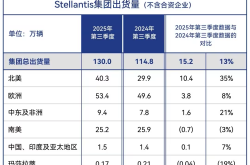Xiaomi Unveils Xuanjie Chip and 15S Pro: A Stunning Press Conference!
![]() 05/23 2025
05/23 2025
![]() 466
466
Xiaomi's journey towards self-development is gathering momentum.
On May 22nd, Xiaomi held its 15th anniversary new product press conference in Beijing, showcasing its highly anticipated self-developed SoC Xuanjie O1, along with the Xiaomi 15S Pro and Xiaomi Pad 7 Ultra, the first devices to feature this chip. Additionally, the new Civi 5 Pro and Xiaomi Car YU7 were also unveiled. LeiTech was invited to cover the event.
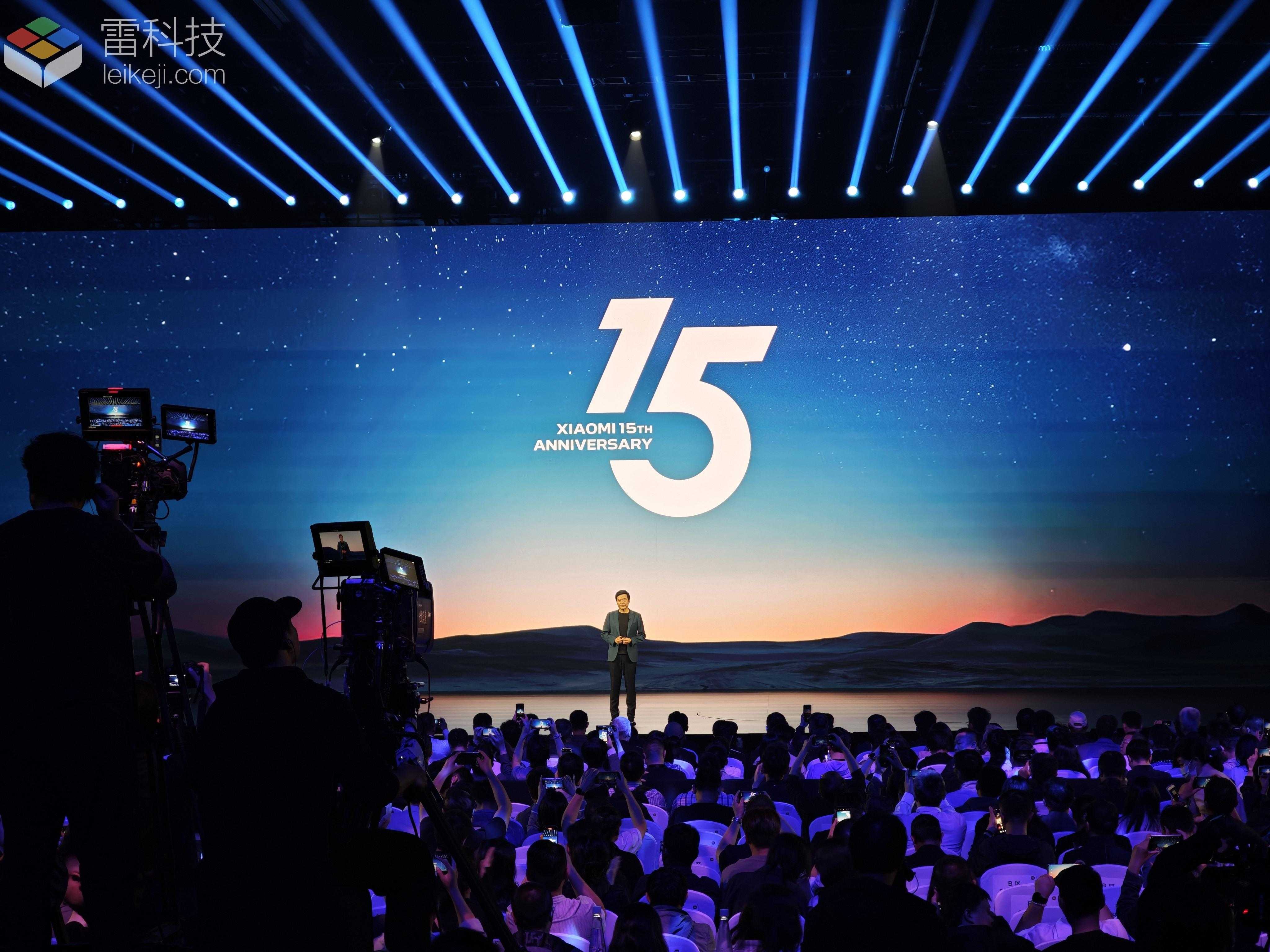
(Image source: LeiTech)
Let's dive straight into the products launched tonight and discover which one stands out the most.
Introducing Xiaomi's True High-End Self-Developed Chip: Xuanjie O1!
As Xiaomi's second self-developed SoC after the Penta S1, the success of Xuanjie O1 in the high-end mobile phone chip market will determine the smoothness of Xiaomi's self-development path.
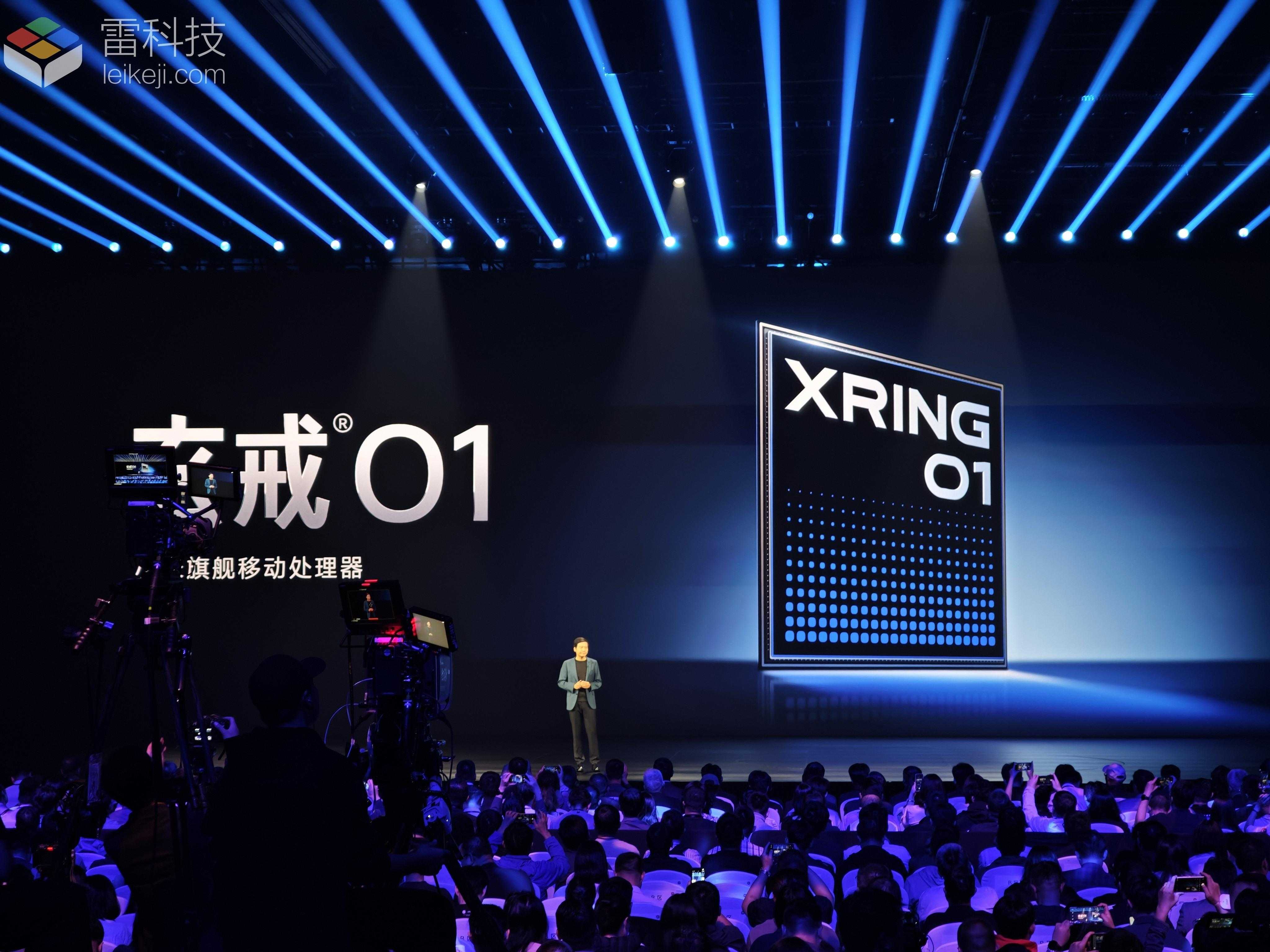
(Image source: LeiTech)
First, let's delve into the specs. Xuanjie O1 employs a second-generation 3nm process with 19 billion transistors. Architecturally, it boasts a flagship-level design with dual super cores and 10 cores. The core parameters are impressive: 2 X925 super cores clocked at 3.9GHz, 4 A725 performance cores at 3.4GHz, 2 A725 low-frequency energy-efficient cores at 1.9GHz, and 2 A520 energy-efficient small cores at 1.8GHz.
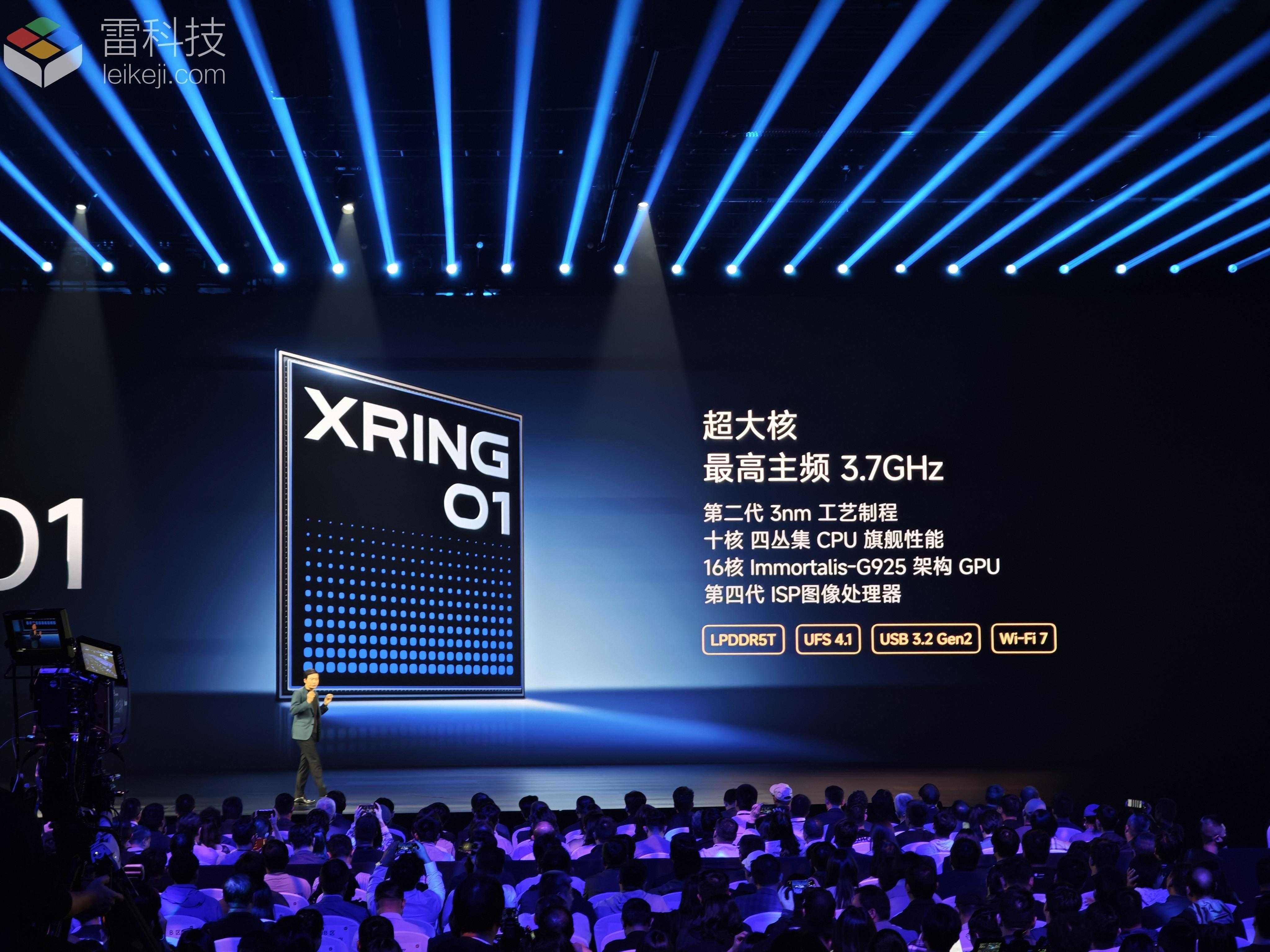
(Image source: LeiTech)
Moreover, Xuanjie O1 features a colossal CPU cache with 2MB L2 cache for super cores and 1MB L2 cache for large cores. This combination, coupled with its extremely high frequency, ensures top-notch theoretical performance. In terms of GPU, Xuanjie O1 is equipped with the Immortalis-G925 GPU 16-core version, which Xiaomi claims is 57% more powerful than Apple's A18 Pro.
With this potent combination, Xuanjie O1 delivers exceptional theoretical performance. According to official data, the Xiaomi 15S Pro outperforms the iPhone 16 Pro Max equipped with Apple's latest processor in both daily use and heavy-load scenarios. This is quite surprising for LeiTech.
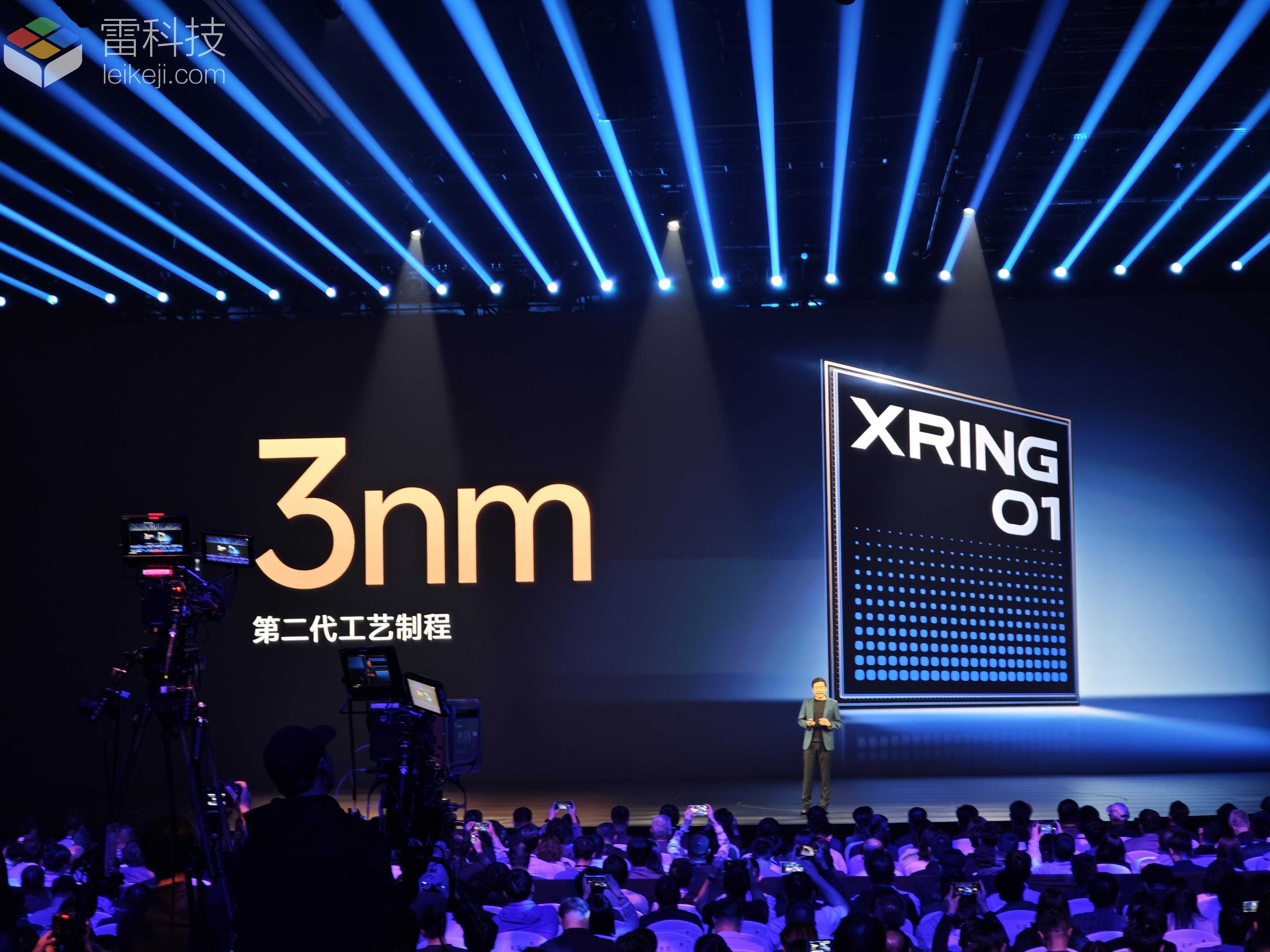
(Image source: LeiTech)
Furthermore, thanks to Xuanjie O1's brand-new ISP, the Xiaomi 15S Pro excels in night video capabilities. It not only captures scenes as realistically as possible in low light but also supports full-focal length night video.
The Xiaomi 15S Pro, in addition to the self-developed Xuanjie O1 chip, boasts an outstanding display with the following specs: 6.73 inches, M9 luminescent material, 3200*1440 resolution, 522PPI, 1-120Hz LTPO, 3200nits peak brightness, contrast ratio of 8,000,000:1, supports HDR10+, HDR Vivid, Dolby Vision, professional true color screen, and comes with an AR low-reflection film by default, reducing light reflectance from the mainstream level of about 5% to 1.3%, significantly minimizing reflection under strong light.
Regarding cameras, although Xiaomi didn't delve into details at the press conference, the configuration is flagship-grade: 50MP Leica main camera of the Light Hunter 900 + 50MP five-times optical zoom telephoto + 50MP ultra-wide-angle lens.
In other specs, the Xiaomi 15S Pro includes a 6100mAh battery, 90W wired + 50W wireless charging, UWB ultra-wideband interconnection, UWB transportation card, Xingchen offline communication, and TMR high-precision directional navigation.
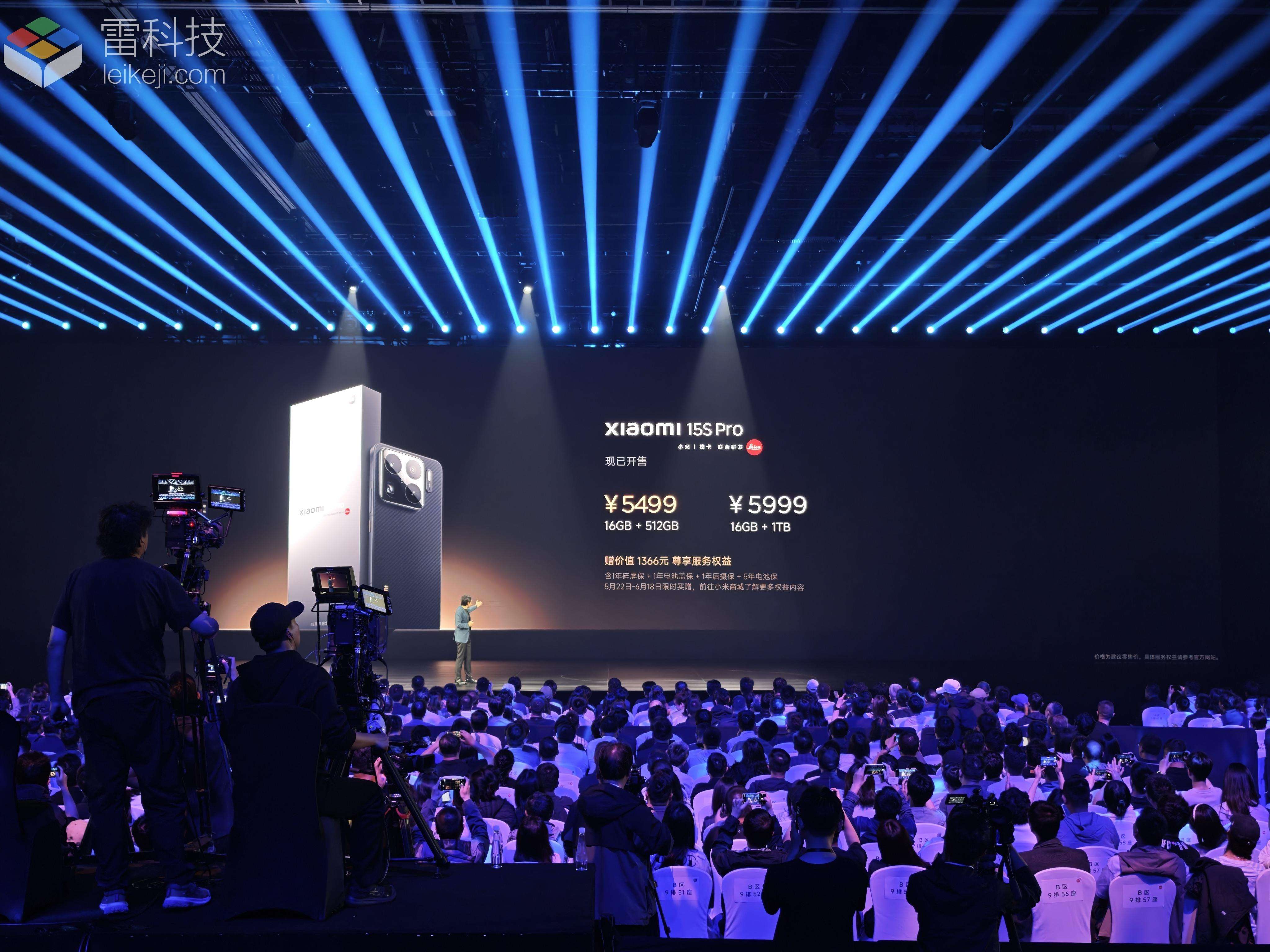
(Image source: LeiTech)
In terms of pricing, the Xiaomi 15S Pro comes in two versions:
16GB+512GB: 5499 yuan (4999 yuan after state subsidy);
16GB+1TB: 5999 yuan (5499 yuan after state subsidy).
The pricing of the Xiaomi 15S Pro aligns with LeiTech's expectations. A review of this new product will be released soon. Interested readers can follow our official account.
The second device equipped with Xuanjie O1 is the Xiaomi Pad 7 Ultra, also boasting powerful specs. Let's start with its screen, the most crucial component of a tablet. It features a top-notch 14-inch OLED screen with a flagship-level resolution of 3.3K and a peak brightness of 1600nits, making it ideal for outdoor use.
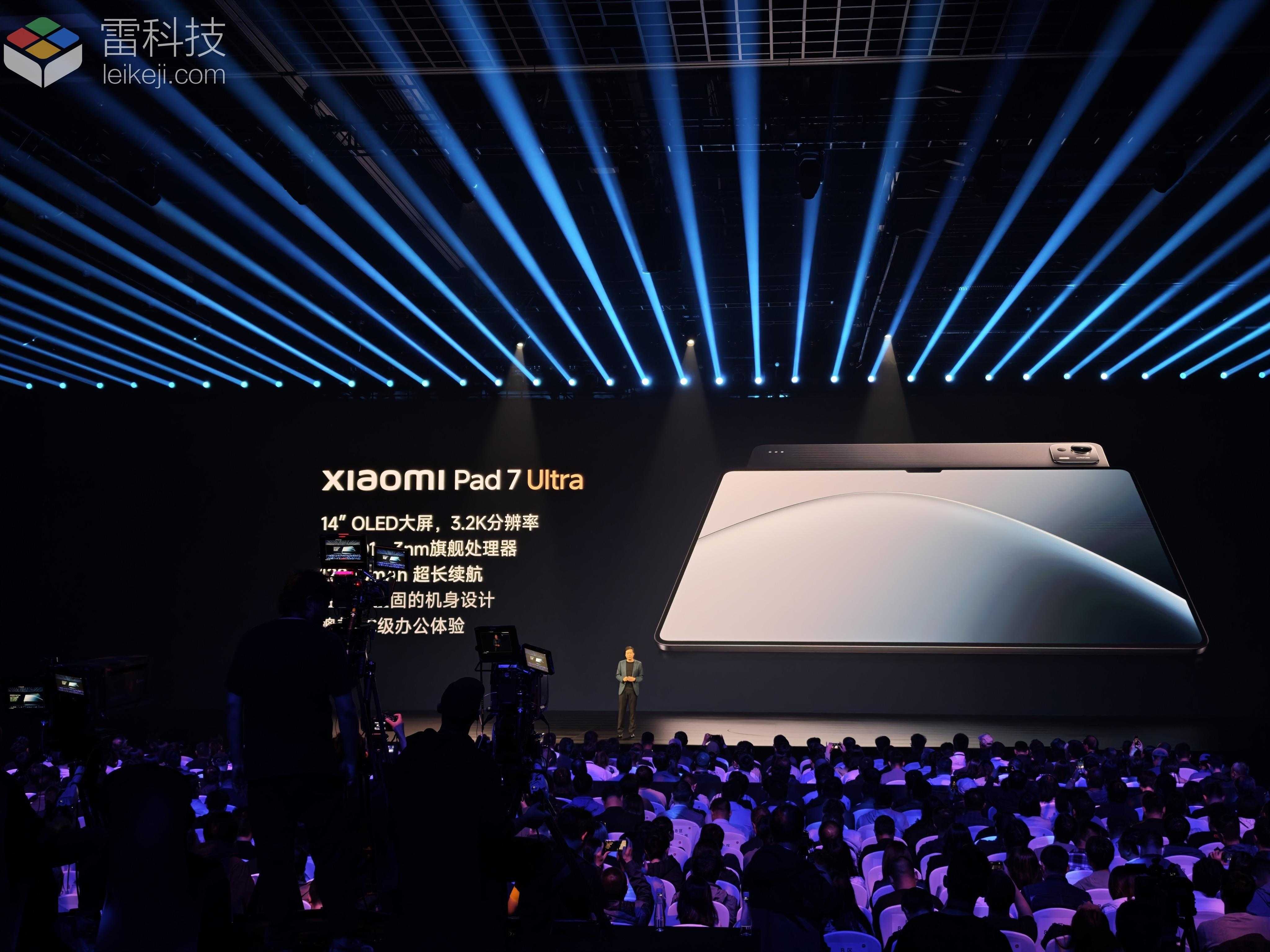
(Image source: LeiTech)
Eye protection is a standard feature in current tablets, and the Xiaomi Pad 7 Ultra is no exception. For enhanced eye protection, the Nano Soft Light version is a worthwhile upgrade.
Thanks to the latest screen encapsulation process, the Xiaomi Pad 7 Ultra boasts a bezel width of just 3.95mm, resulting in an ultra-high screen-to-body ratio of 93.6%. Paired with its 14-inch super large screen, the visual impact is unparalleled by ordinary tablets.
Regarding portability, the Xiaomi Pad 7 Ultra measures just 5.1mm in thickness, thinner than 99% of mobile phones on the market. It also weighs only 609g, making it ideal for work or entertainment on the go.
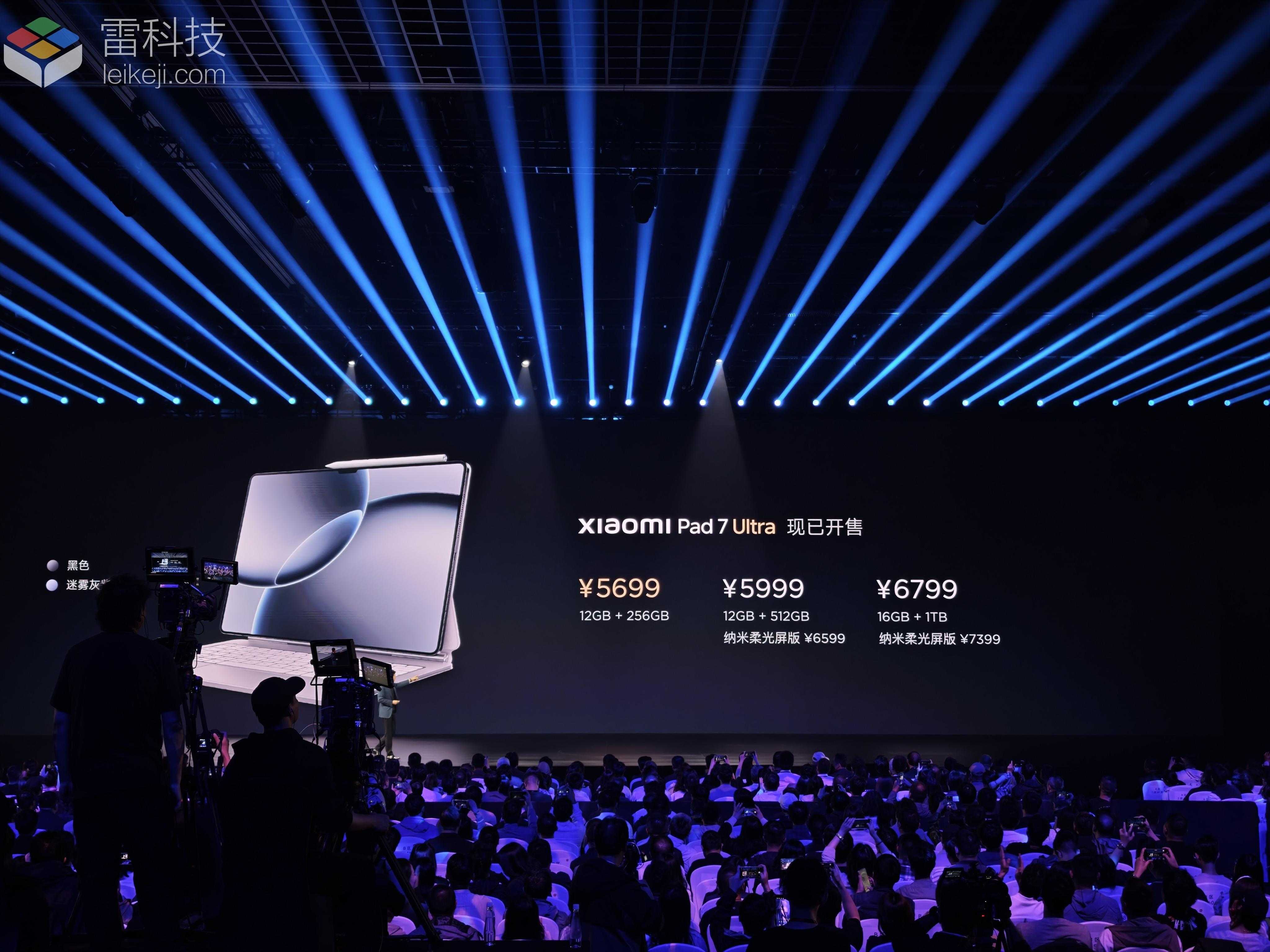
(Image source: LeiTech)
Moreover, since the Xiaomi Pad 7 Ultra's internal volume is much larger than the Xiaomi 15S Pro, it accommodates larger cooling components. In other words, its performance surpasses that of the Xiaomi 15S Pro, making it an ultra-high-performance tablet.
In terms of pricing, the Xiaomi Pad 7 Ultra is available in three versions:
12GB+256GB: 5699 yuan;
12GB+512GB: 5999 yuan;
16GB+1TB: 6799 yuan;
Nano Soft Light screen version: additional +600 yuan;
Floating keyboard: additional +1399 yuan.
The Launch of Xuanjie T1: Xiaomi's True Intention for a Self-Developed Baseband?
Just as LeiTech wondered why Xiaomi mentioned three new products equipped with self-developed chips, Lei Jun revealed the answer—the Xiaomi Watch S4 eSIM version featuring the self-developed Xuanjie T1 chip.
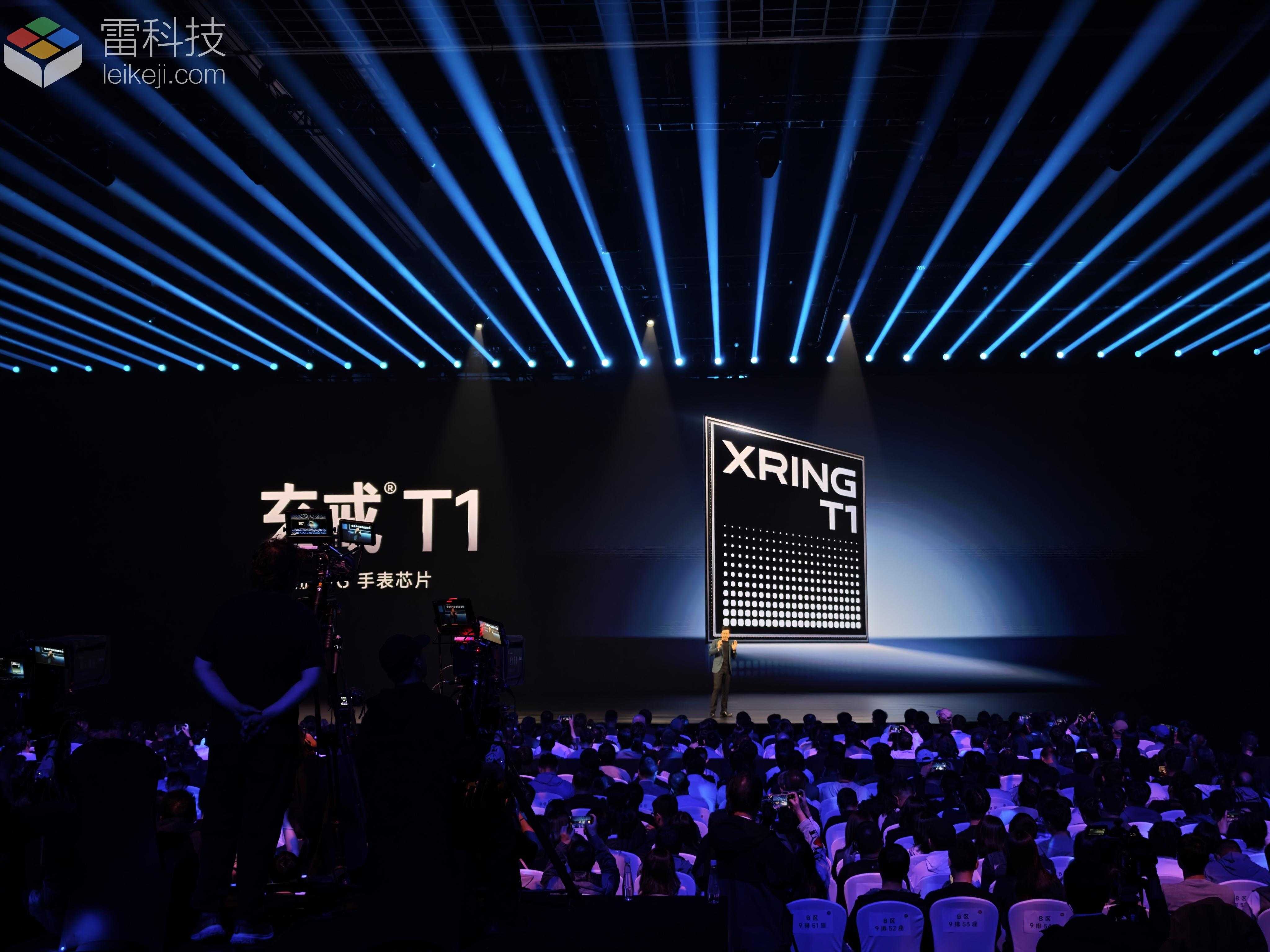
(Image source: LeiTech)
Yes, the Xuanjie T1 chip is equipped with Xiaomi's self-developed 4G network baseband. The signal baseband and radio frequency are independently designed by Xiaomi's full link, supporting 4G-eSIM independent communication. Xiaomi claims a 35% improvement in 4G network performance and a 27% reduction in power consumption.
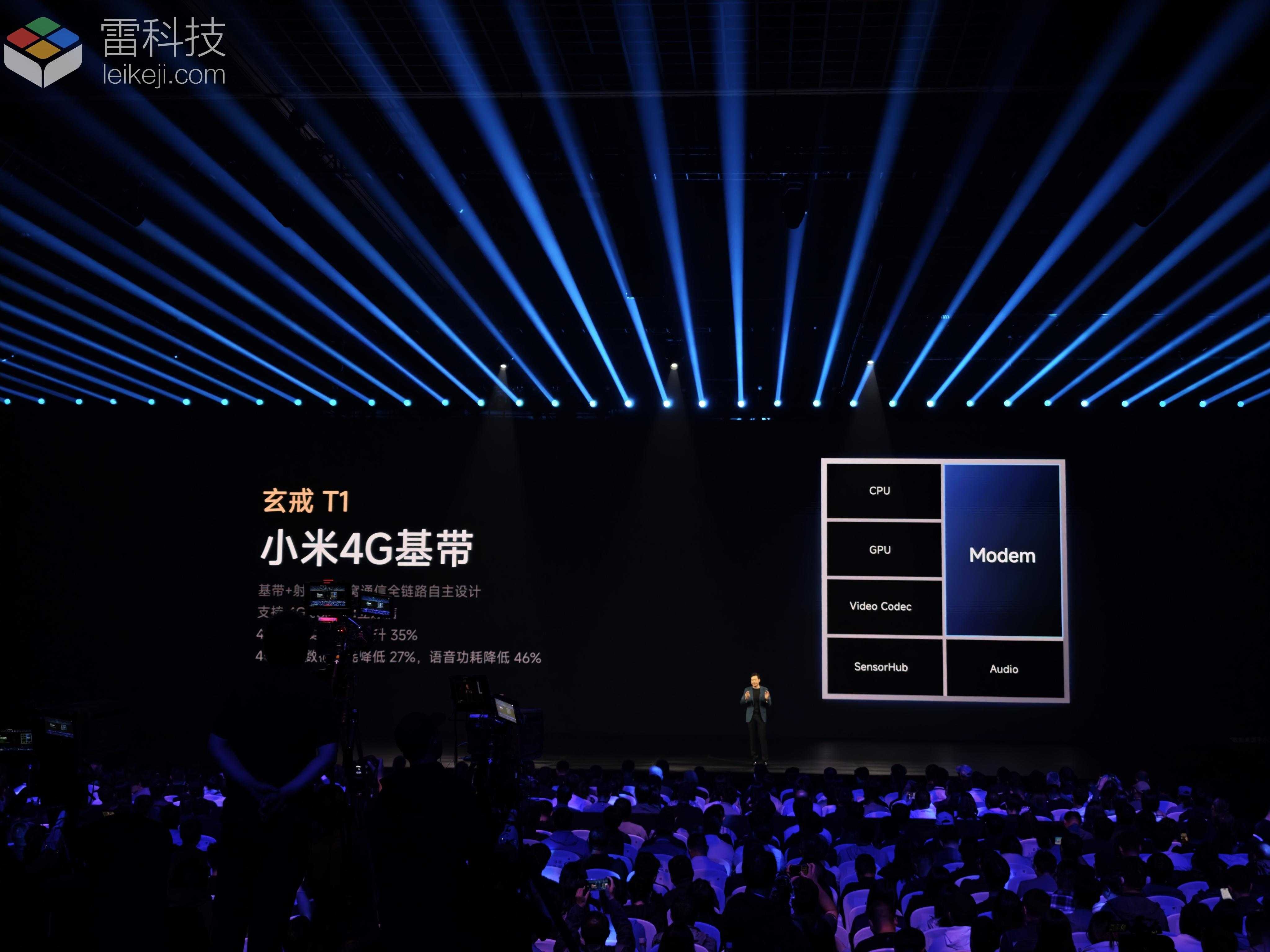
(Image source: LeiTech)
Many might not realize that developing a baseband is as challenging as developing an SoC. It requires significant manpower and resources for continuous testing and experimentation. Even international giants like Apple have struggled with baseband development and haven't launched their own baseband module yet.
Xiaomi's venture into this field underscores its commitment to self-development. Although it currently supports only 4G networks, LeiTech believes we'll see Xiaomi's own 5G baseband on the Xuanjie O3 at the latest.
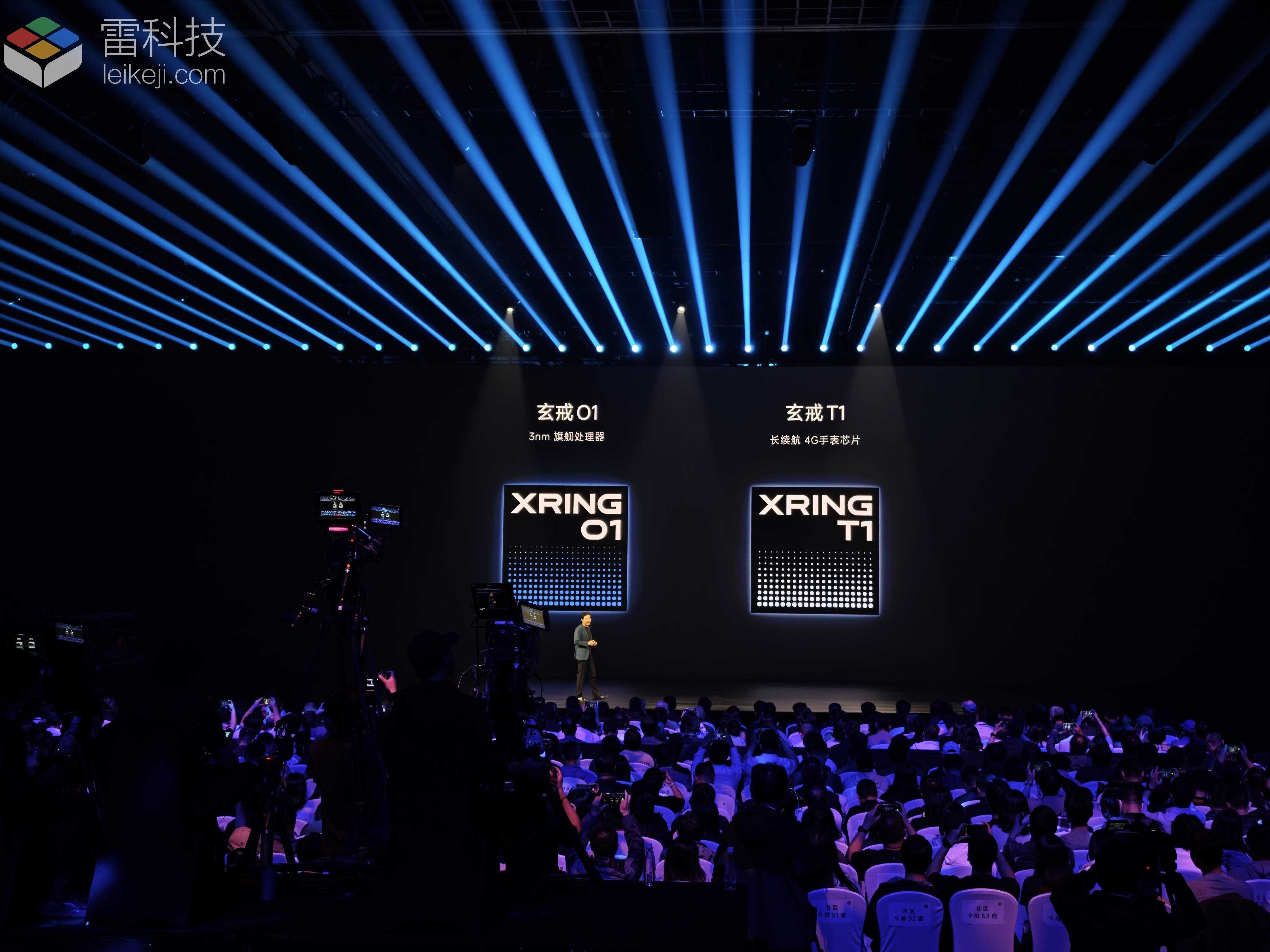
(Image source: LeiTech)
As of April this year, cumulative R&D investment in Xuanjie has surpassed 13.5 billion yuan. The R&D team now exceeds 2,500 people. In the domestic semiconductor design industry, such R&D investment and team size rank among the top three. Many readers might not realize that Xiaomi's chip capabilities have truly reached the industry's top level.
Lei Jun repeatedly emphasized the difficulty of self-developed chips at the press conference. To meet the standards of the latest process, flagship-level transistor scale, and top-tier performance and energy efficiency, Xiaomi formulated a ten-year R&D plan with continuous investments reaching 50 billion yuan.
Regarding the product itself, the Xiaomi Watch S4 eSIM version supports remote camera control and real-time preview, allowing users to control the mobile phone camera effortlessly through the watch. The new video encoding module of the Xuanjie T1 chip enables custom video dial functions, letting users set their favorite videos as the dial, perfect for those who use smartwatches as fashion accessories.
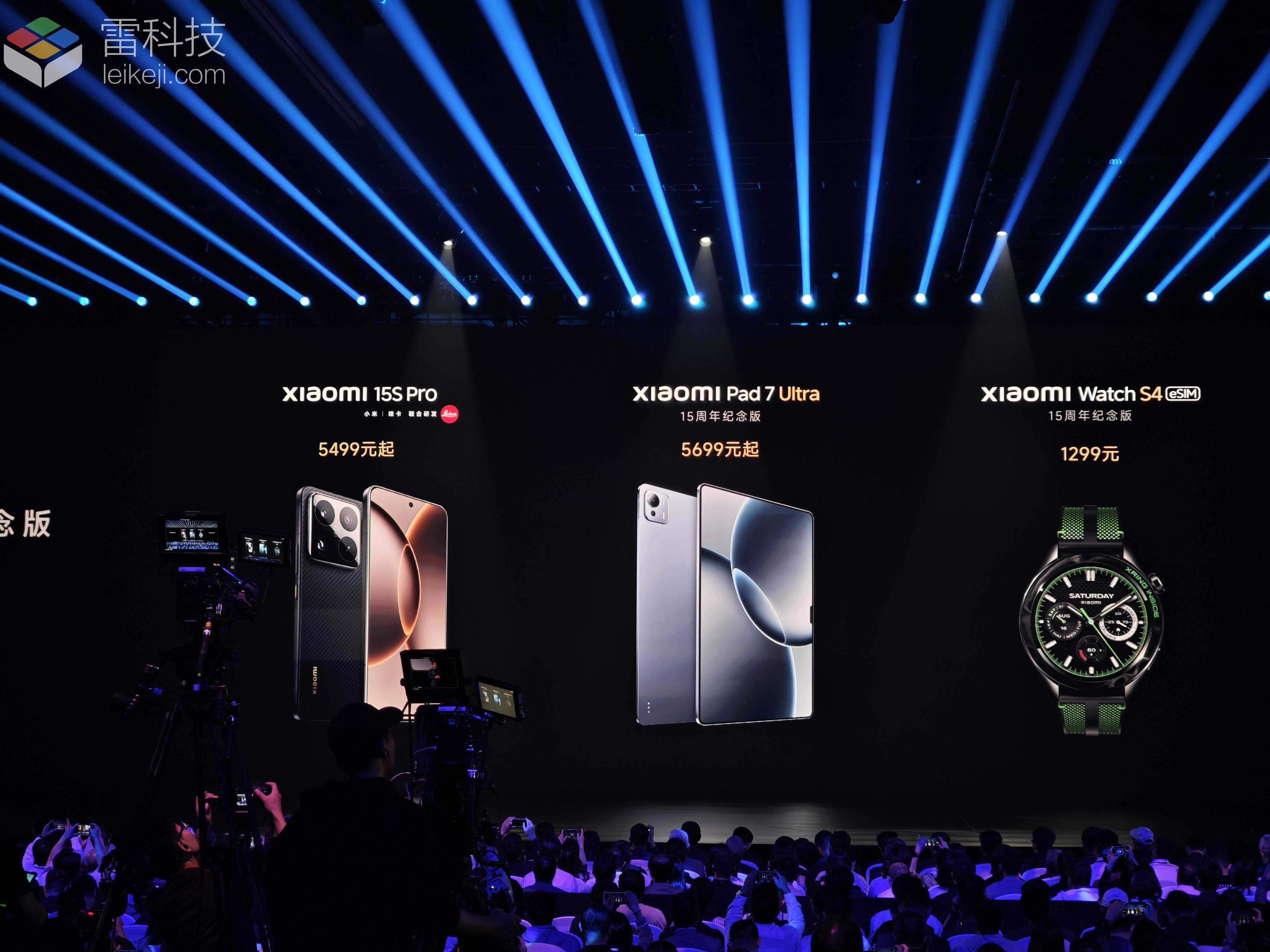
(Image source: LeiTech)
Additionally, the watch includes the Xiaomi Car APP, allowing users to control the car independently on the watch. Functions like remote unlocking, starting the vehicle, or checking the vehicle status can all be done with a single click.
The official price of the Xiaomi Watch S4 eSIM is 1299 yuan, with a state-subsidized price of 1104.15 yuan.
Introducing the Rebranded Xiaomi Civi 5 Pro, an All-Rounder Lightweight Flagship
Just as LeiTech was about to wrap up, Lei Jun announced the latest generation of the Civi series—the Xiaomi Civi 5 Pro. Xiaomi also stated that the Civi series has shifted from targeting the female market to becoming an all-rounder lightweight flagship. This shift is understandable as competitor products in similar markets are becoming increasingly capable, making it difficult for Xiaomi to carve out its own market share as a latecomer.
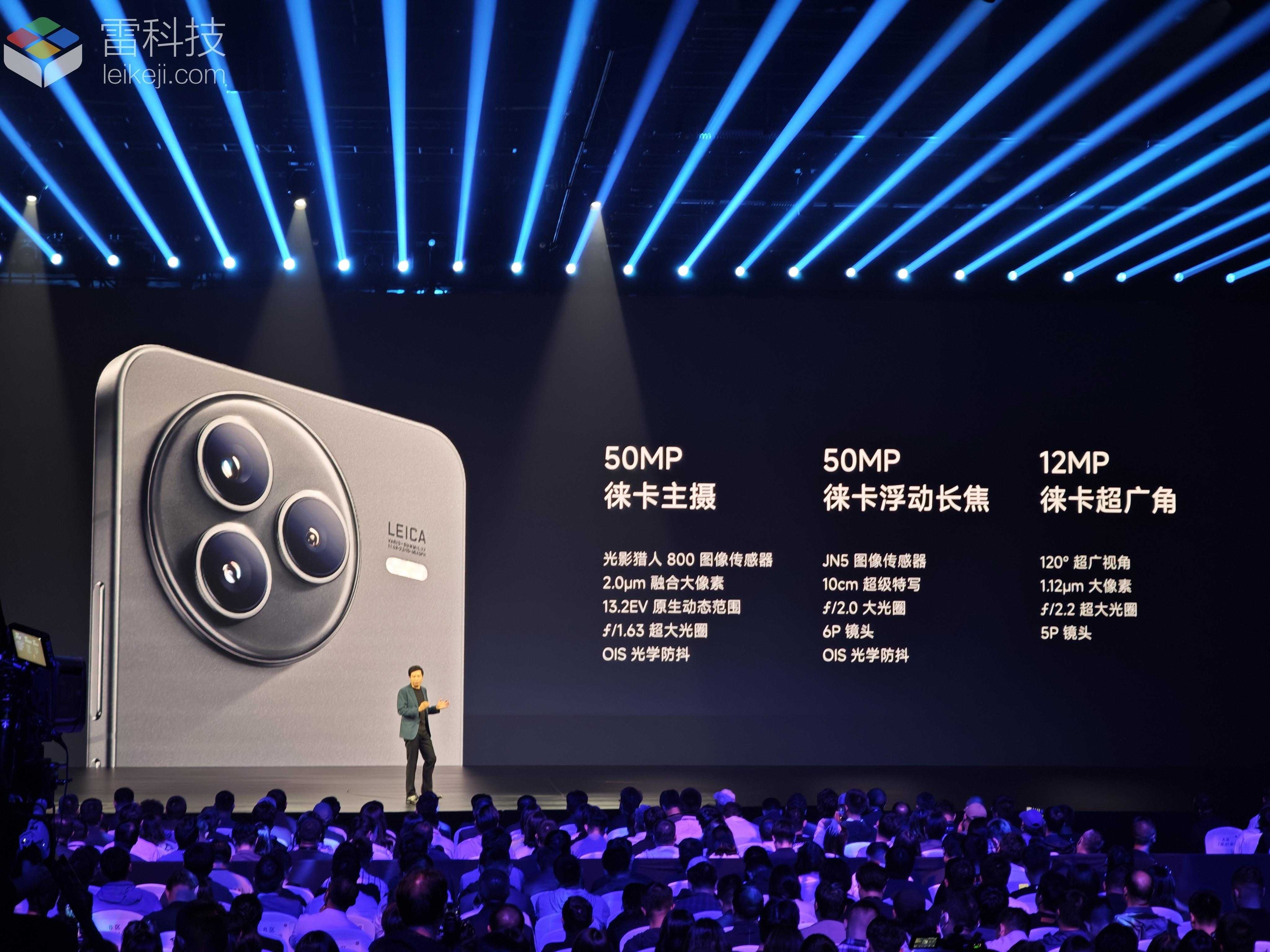
(Image source: LeiTech)
The newly positioned Civi 5 Pro's biggest improvement lies in its imaging capabilities. It features a 50MP large-base Leica main camera, a 50MP Leica floating telephoto lens, and a 12MP ultra-wide-angle lens. The front camera has also been upgraded to a 50MP ultra-sensitive dual front camera more suitable for selfies.
Worth mentioning is that the Xiaomi Civi 5 Pro is equipped with Xiaomi's latest Ultra-Transparent Nano Prism Technology, effectively increasing the sensor's light intake. Xiaomi claims that the Civi 5 Pro with this technology offers a shooting effect comparable to a one-inch sensor.
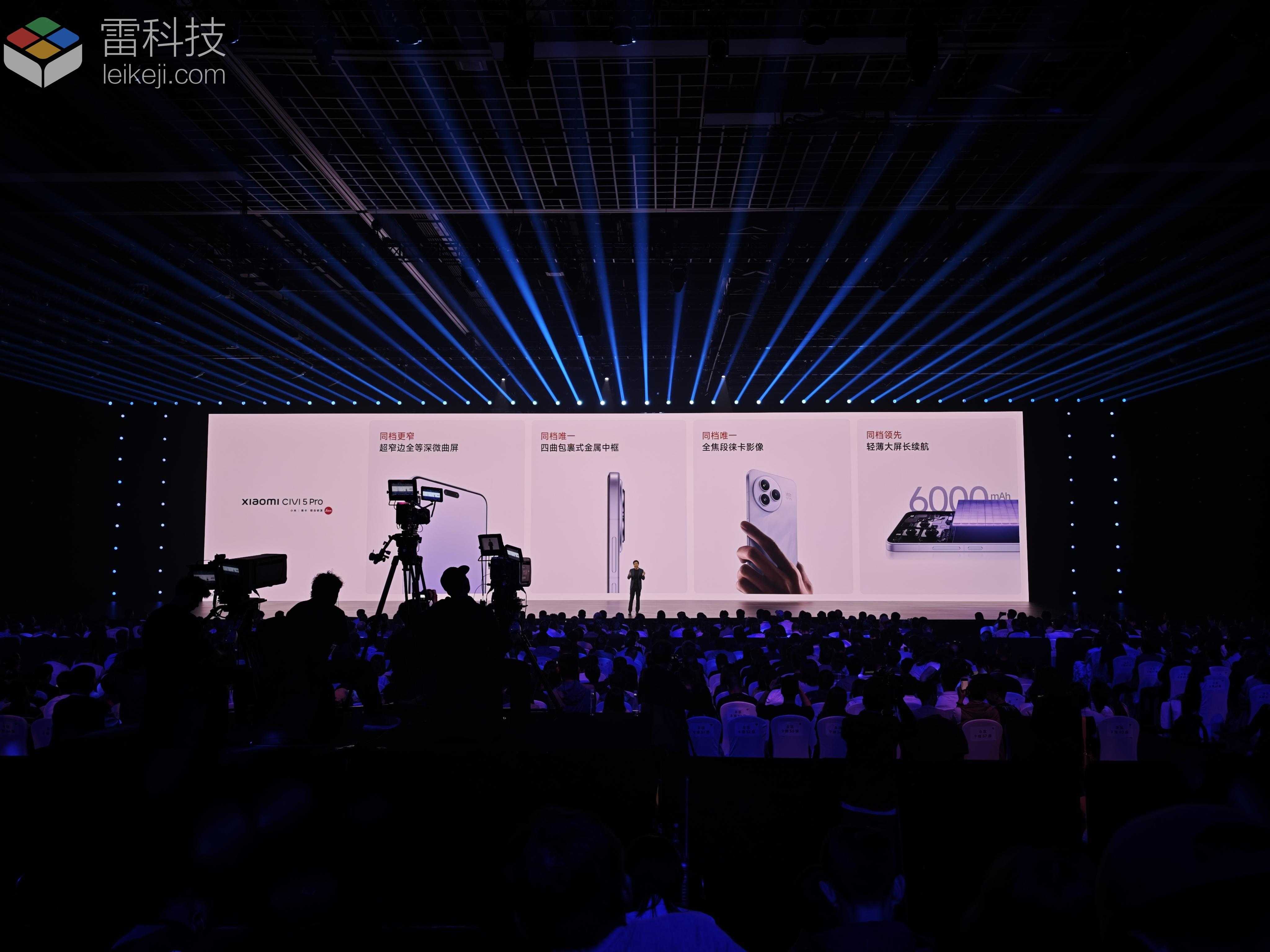
(Image source: LeiTech)
In terms of the screen, the Xiaomi Civi 5 Pro boasts a 6.55-inch 1.5K resolution OLED micro-curved screen with ultra-narrow four equal sides and 2160Hz high-frequency PWM dimming, making no compromises on eye protection and image quality.
Performance-wise, the Xiaomi Civi 5 Pro is powered by the Qualcomm Snapdragon 8s Gen 4 mobile platform, based on TSMC's 4nm process technology. It adopts a "1+3+2+2" all-large-core architecture (with a maximum clock speed of 3.3GHz) paired with the Adreno 735 GPU. The theoretical graphical rendering capability is 30% better than the previous generation.
To further unleash the performance of the Snapdragon 8s Gen 4, the Xiaomi Civi 5 Pro introduces stereo convex ring-shaped cold pump technology. Through a multi-layer heat conduction structure and gas-liquid circulation design, it improves heat dissipation efficiency by about 40% compared to traditional VC heat pipes, ensuring optimal performance.
Interestingly, the Xiaomi Civi 5 Pro manages to fit a 6000mAh high-capacity battery into its 7.45mm body, achieving both slimness and large battery capacity.
In terms of pricing, the Xiaomi Civi 5 Pro is available in three configurations:
12GB+256GB: 2999 yuan (2549.15 yuan after national subsidy)
12GB+512GB: 3299 yuan (2804.15 yuan after national subsidy)
16GB+512GB: 3599 yuan (3099 yuan after national subsidy)
As Xiaomi has stated, the Xiaomi Civi 5 Pro is a "flagship" model. In my opinion, it's less of a Civi series device and more like a youth version of the Xiaomi 15 Pro. Coupled with its price under 3000 yuan, it's definitely a dark horse in the mid-range market.
Written at the End
Unlike previous Xiaomi launch events, tonight's product unveiling was particularly fast-paced, focusing heavily on Xiaomi's self-developed chip journey and leaving less time for product explanations. This was necessary to reserve ample time for the headline product, the Xiaomi YU7, and also indicates that Xiaomi is gradually shifting from phone-centric discourse to becoming a manufacturer that competes with self-developed chips, marking a strategic shift for the company. (Photo source: Lei Technology Photography)
(Photo source: Lei Technology Photography)
Regarding Xiaomi's YU7 electric vehicle, which is also of great interest, Lei Technology's electric vehicle account






